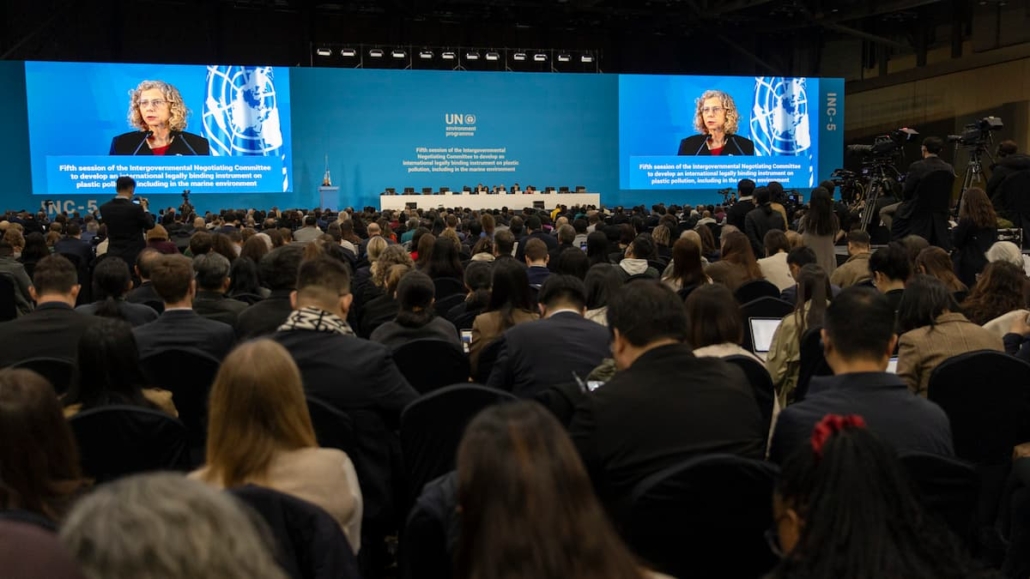
While the fifth session of negotiations on a legally binding instrument on plastic pollution, including in the marine environment (INC5) took place in Busan, Republic of Korea in November 2024, GEO Blue Planet participated in several side-events highlighting actions and solutions.
On the margin of the negotiations, the Korea Maritime Institute (KMI) and the Coordinating Body on the Seas of East Asia (COBSEA) organized a regional knowledge-sharing event on Collaborative Action to Address Marine Plastic Pollution to look at some of the unique challenges facing the region, such as inadequate financial resources and limited capacity, and potential solutions and opportunities. Representatives from several Asian countries shared their experiences with waste management practices and data sharing, offering valuable insights into potential solutions.
Following the negotiation session, the Global Partnership on Plastic Pollution and Marine Litter’s (GMPL) hosted a Multi-Stakeholder Event, where participants reflected on the INC process and how GPML can bolster knowledge sharing and capacity. Among other activities, the GPML provides a data hub with data visualizations on over 80 indicators covering waste management, plastics in the environment, and governance, as well as supporting 19 countries with inventories of national sources of plastic waste.
These events were the opportunity for GEO Blue Planet EU Office to meet with the Asian Office hosted by KMI, as well as other partners in Asia, and to present its initiative “IMDOS” : the Integrated Marine Debris Observing System, supporting the concept of a global, interoperable marine debris monitoring system. Endorsed as a project of the Global Ocean Observing System and GEO Blue Planet, IMDOS aims to fill knowledge gaps and to address diverse stakeholder needs with adequate data and information.
To learn more about these events and the INC, you can read the full article here : https://www.eu4oceanobs.eu/moving-forward-with-a-global-plastics-treaty/
To learn more about IMDOS, please visit : https://imdos.org/
